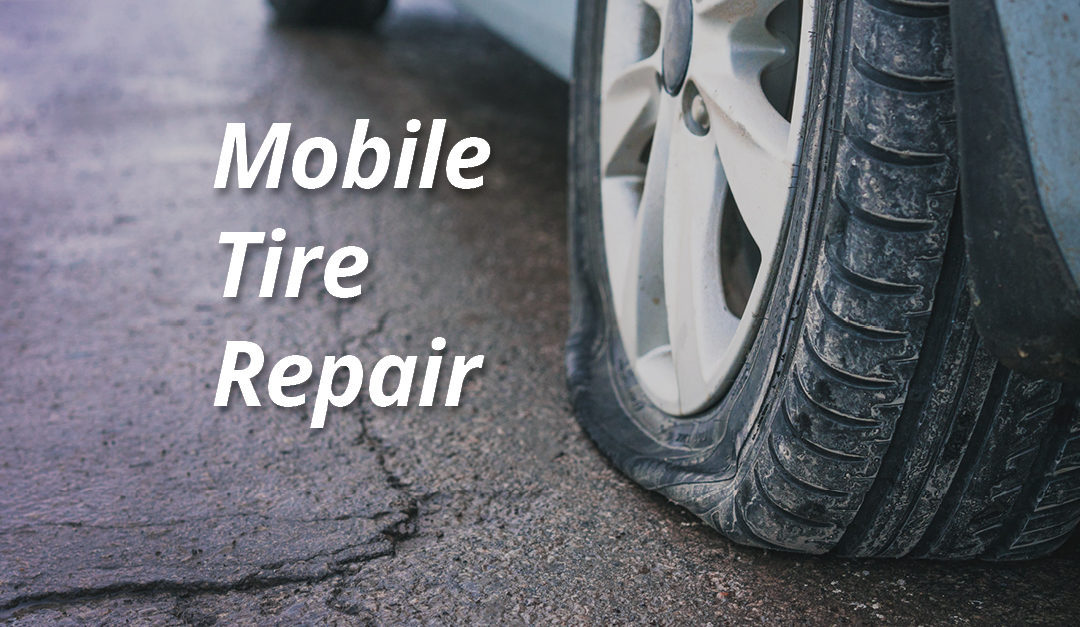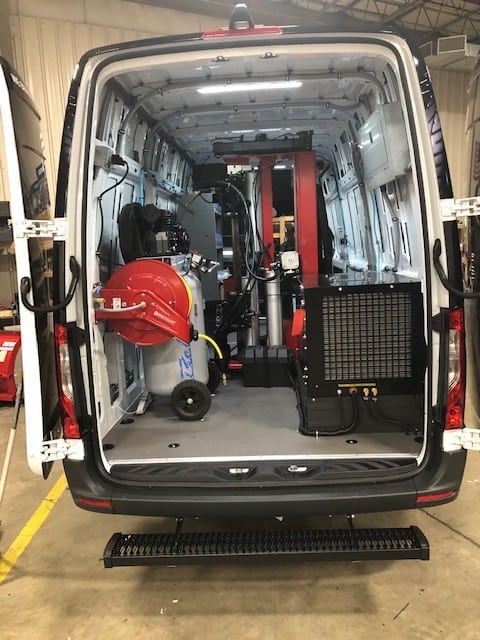Quick Action Mobile Tire Change Service in Las Vegas
Tire Service: Proven Methods for Ideal Tire Maintenance and Treatment
From making sure proper tire pressure to routine turning and positioning, there are tried and tested approaches that can considerably prolong the lifespan of your tires and enhance general driving experience. Allow's delve right into the world of tire solution and discover the tricks to keeping your tires in superior form for the long haul - Mobile Tire Change Las Vegas.
Relevance of Tire Pressure
Appropriate tire stress is a crucial consider ensuring ideal automobile efficiency and safety on the roadway. Maintaining the suggested tire stress degrees provided by the producer provides many advantages. Firstly, appropriate tire stress promotes much better fuel performance, as under-inflated tires can lead to increased rolling resistance, causing the engine to work more difficult and take in even more gas. Correct tire stress guarantees even step wear, improving tire longevity and conserving money in the lengthy run by delaying the need for early replacements. In addition, appropriately inflated tires add to enhanced handling and braking capacities, vital for risk-free driving in numerous road problems. Over-inflated tires, on the other hand, can result in minimized traction and a harsher ride. On the other hand, under-inflated tires are prone to getting too hot, which can result in crashes and blowouts. Regularly inspecting and readjusting tire pressure, specifically previously lengthy journeys, is a straightforward yet efficient means to improve lorry performance, expand tire life expectancy, and focus on security when driving.
Tire Rotation Guidelines
When thinking about tire turning standards, it is essential to understand the value of this upkeep job in making best use of tire life-span and preserving optimum car efficiency. Tire rotation entails changing the placement of each tire on a car to make certain even walk wear. Front tires tend to use extra rapidly than back tires due to steering forces, making normal rotation vital for balanced wear patterns.

Benefits of Wheel Placement
Making sure correct wheel alignment after tire rotation is critical for maintaining balanced wear patterns and optimizing lorry performance. Wheel alignment refers to the modification of the angles of the wheels to the supplier's specifications. One of the essential benefits of wheel positioning is boosted steering and dealing with reaction. When the wheels are appropriately straightened, it lowers guiding initiative, ensuring a smoother and much more controlled driving experience. Additionally, appropriate wheel positioning assists to prolong the life expectancy of your tires. Misaligned wheels can trigger unequal tire wear, causing premature tire replacement and enhanced Read More Here maintenance costs.

Tire Footstep Deepness Check
Doing a normal inspection of tire walk deepness is crucial for maintaining risk-free driving problems and lengthening the lifespan of your tires. The tread on your tires plays a vital duty in providing traction, especially in wet or unsafe problems. To examine your tire tread depth, you can utilize a walk depth scale or the cent examination. The advised step deepness goes to the very least 2/32 of an inch. If the tread depth is below this limit, it is time to replace your tires to guarantee ideal performance and security when traveling. Uneven tread wear can indicate issues with tire placement, suspension, or stress, highlighting the significance of routine tread depth checks. Neglecting to monitor and maintain proper tread deepness can bring about minimized hold, longer braking distances, and an increased threat of hydroplaning. By including tire walk deepness look into your routine upkeep timetable, you can drive with self-confidence understanding that your tires are in leading problem.
Seasonal Tire Assessment
Seasonal tire inspection is a fundamental aspect of tire maintenance that ensures tires are all set to encounter the obstacles presented by different weather condition conditions. In prep work for winter months, it is crucial to examine the tire pressure frequently as chilly temperatures can create tire stress to drop. By conducting regular seasonal tire assessments, chauffeurs can prolong tire click for info life-span, improve fuel performance, and most significantly, guarantee a secure driving experience in differing weather condition conditions.
Final Thought
In final thought, maintaining appropriate tire pressure, revolving tires frequently, aligning wheels appropriately, our website checking walk deepness, and carrying out seasonal inspections are crucial methods for optimal tire treatment. By following these verified methods, vehicle drivers can ensure their tires last much longer, carry out far better, and add to general vehicle safety and security. It is essential to focus on tire maintenance to protect against accidents, enhance fuel effectiveness, and prolong the life expectancy of tires.
Ample tire pressure advertises better fuel performance, as under-inflated tires can lead to enhanced rolling resistance, creating the engine to function more challenging and eat more gas.When considering tire rotation standards, it is important to recognize the significance of this upkeep task in maximizing tire life expectancy and keeping optimal car efficiency. Seasonal tire inspection is an essential aspect of tire maintenance that makes sure tires are prepared to encounter the obstacles posed by different weather condition conditions. By carrying out regular seasonal tire examinations, drivers can extend tire life expectancy, boost fuel efficiency, and most importantly, guarantee a safe driving experience in differing climate problems.
In conclusion, preserving appropriate tire pressure, turning tires on a regular basis, straightening wheels correctly, keeping track of walk depth, and carrying out seasonal assessments are crucial techniques for optimum tire treatment.